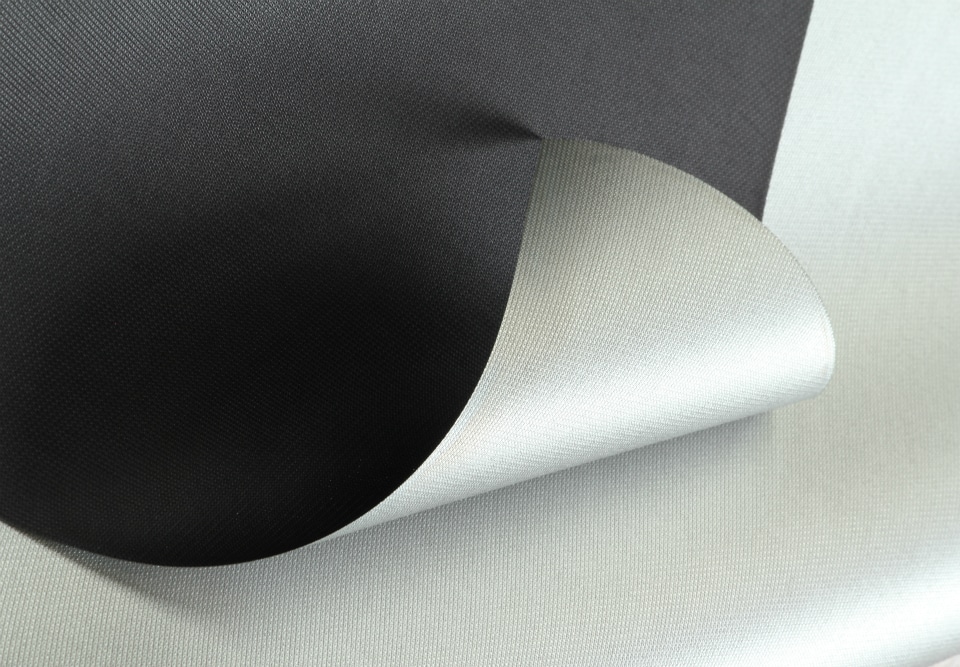
Why blinds in modern office interiors will be inadequate without metallised screen fabric
Roller blinds with screen fabric have long been the window blind of choice for architects and interior designers working on office projects.
Screen fabrics are PVC coated fibreglass or polyester yarns that are woven together to form a tight-knit fabric. The tightness of the weave is described as the ‘openness factor’. The standard openness factors of screen factors are 1%, 3% 5% & 10%. 1% being almost opaque and allowing very little view through the fabric up to 10% which is a very open weave allowing a high level of view through as well as light in.
3% has been the most widely specified openness factor for the past 10 years. It has always been considered a happy medium allowing a good degree of glare control whilst retaining a view of the outside.
However, changes in office design especially the increasing amount of glass used in the construction of office buildings means that occupants are finding a standard, non-metallised screen fabric with a 3% openness factor is not cutting out sufficient glare.
It is now common for an office building to have floor-to-ceiling glass on every elevation. It is also increasingly likely for office buildings to be over 5 stories high thus reducing the angle of the sun shining through the glazing. In an environment like this, standard, non-metallised screen fabrics in a white or light grey fabric are struggling to cope with the sheer amount of solar heat gain the building is exposed to. As a result, occupants are complaining about excessive glare and air conditioning costs spiral upwards.
What is a metallised screen fabric and why is it so effective at reducing heat & glare?
A metallised screen fabric is a standard screen fabric with a thin coating of highly reflective aluminium to one side of the fabric. This metallised surface faces the glazing and is capable of reflecting up to 82% of the solar energy entering the building through the glass.
As well as reflecting heat very effectively the aluminium coating blocks light from penetrating the individual fabric yarns reducing the amount of diffused light from entering the room. This allows the architect to maintain a reasonable openness factor (3%) to maintain an outside view but significantly reduce glare.
Another advantage of metallised fabrics is that the performance of the fabric differs very little for the different colours. So instead of being forced down the white/light grey route to help the heat reducing properties, darker colours which improve the view to the outside can be used with confidence as the aluminium backing facing the glass is the same regardless of colour.
If you would like to get your hands on a sample of metallised screen fabric, or book one of our ‘light box demonstrations’ to see the stark difference in performance between different types of screen fabric then get in touch with us.
